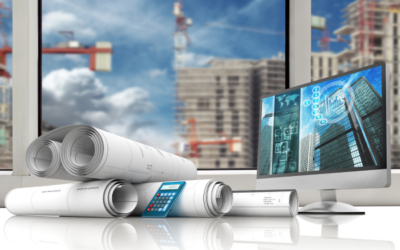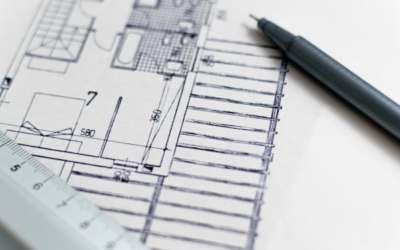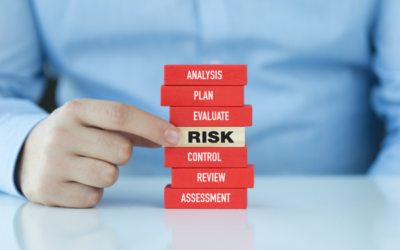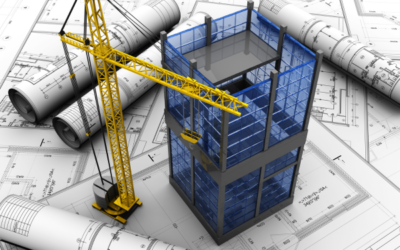Advanced Energy Design Guide
The Advanced Energy Design Guide was developed to provide contractors and designers with a simple approach to exceed energy savings of ANSI/ASHRAE/IESNA Standard 90.1-1999 by 30%. Without resorting to time consuming analysis, the guide offers a means for construction professionals to provide owners with more value through a combination of optimized process and proven design practice. Written for office buildings no greater than 20,000 square feet, the guide is meant as a supplement to the 90.1 standard, with an outline that reads more like a textbook than code specification. The energy saving goals and means are broken down by building component; envelope, lighting, HVAC, service water heating, and more. Hour-based energy analysis software verified the 30% savings in energy. This guide provides detailed tables, climate zone-specific examples, and stepwise methodology.
Covering you @ in an Electronic World of Discovery
120,000 emails, 9 months. I recently counted the number of emails I either sent or received in a single day. I was surprised at the number: 67. If you multiply that by a 10 person operation, over the course of a 9 month project, you have a total of over 120,000 emails sent and received during that time period. Add onto this Excel files, electronic schedules, digital photos, drawings, etc… and you have quite a large data set. The construction industry today, like most businesses, has entered an age where a staggering amount of electronic data, files and emails are created during the course of a project. Managing this amount of information can be a challenge in the course of everyday business. If litigation results from the project, this large body of electronic information can create an expensive problem.
The Project is Flat -Technology Blurs the Lines & Sharpens the Edge
Anyone who has read Thomas Friedman’s “The World Is Flat” might glean an idea of where this article is going right away. If you haven’t read the book, it is a good one. About 2 years ago MDC Systems® presented at the London Construction Superconference on some of the benefits, challenges and issue associated with the use of 3D and 4D modeling technologies in the design, documentation and delivery of capital projects. Since that time, there have been even more developments – not just in the nature of the technology, but also in the level of accessibility or breadth of application. This expanded modeling regimen has come to be called Building Information Modeling or BIM.
Fukushima Dai-Ichi: When Culture Trumps Engineering Judgment and the Scientific Method
In recent articles1, MDC Systems® has examined the Fukushima Dai-Ichi nuclear plant explosion and meltdown disaster. Recently a Japanese investigative report2 has provided new insight into the cultural conditions which precipitated the disaster and contributed to the expanse and breadth of the effects of the continuing radiation contamination. While it is well-known that a tsunami generated from a powerful undersea earthquake initiated the incident, what has been difficult to understand is how a modern society with very sophisticated engineering and management skills ignored established nuclear industry standards and practices (Design Basis Events) and safety guidance (Station Blackout) norms and failed to anticipate the events that occurred leading to the nuclear plant meltdown conditions.
The Internet of Things : Managing Risk & Reward
A hot topic in the industry today is the “Internet of Things” (IoT). The IoT is the use of “smart” devices, transmitters and systems to facilitate the real time transmission of information, control of equipment and optimized operation of systems; often including or via some Internet-based communication network. The objective is to make the information available anywhere, easily and in real time to improve decision making and operations. Information is collected by the devices and transmitted via a wireless network to a centralized and/or cloud-based “head end” and control commands are sent back via the same system. The IoT has been enabled by advances in the miniaturization of computer processing power, the development of interoperable communications and processing platforms and the growing ubiquity of high-speed, wireless, broadband networks. That’s the stuff that puts your email on your smartphone.
Understanding and Surviving Project Complexity
The article Complexity is Often the Culprit in Cost Overruns and Delays was published last year in the MDCAdvisor® (March, 2014) and garnered much feedback. In today’s article we will revisit the Complexity and Systems Thinking topics and foster additional discussion of how and why project failures are driven by complexity. Complexity often arises to frustrate even the best efforts of Architects, Engineers and Contractors working to complete projects on time and budget.
Design Risk-How to Design a Brave New World
A journey of one thousand miles begins with the first step. However, any journey carries with it some element of risk and possible pitfalls along the way. To better your chances of reaching your desired destination, it is important that the first step be a step in the right direction. Design is often the first major step in executing any project. As that ‘first step’, design is a key component of a project’s overall risk potential. Following is a discussion of some risk elements in the design process.
Construction Defect Inspector Protected Against Contractor Defamation Suit
Where homeowners retained an inspection firm to investigate the cause of their leaky roof, the inspector issued a report stating that the roof had been installed years earlier over fiberboard roof insulation that was soaking wet, thereby causing the later leakage. When the homeowners then sued the contractor for construction defects, the contractor brought a third party defamation action against the inspector, asserting that the statement about the roof being installed over wet insulation was false and defamatory. Summary judgment was granted for the inspector by the trial judge, and this was appealed by the contractor. On appeal, the court found that the statement by the inspector could indeed be actionable as defamation, but that a conditional privilege existed to publish the statement to the homeowner to serve the purposes of the contract between the homeowner and inspector. There are several lessons to be learned from this decision as explained herein. Downey v. Chutehall Construction, 86 Mass.App.Ct. 660, 19 N.E. 3d 470 (2014).
Design–Build In Name Only
Owners and Contractors should ask the following questions and carefully consider the answers before identifying a new project as Design-Build. It seems that almost every undertaking is now labeled as Design–Build.









